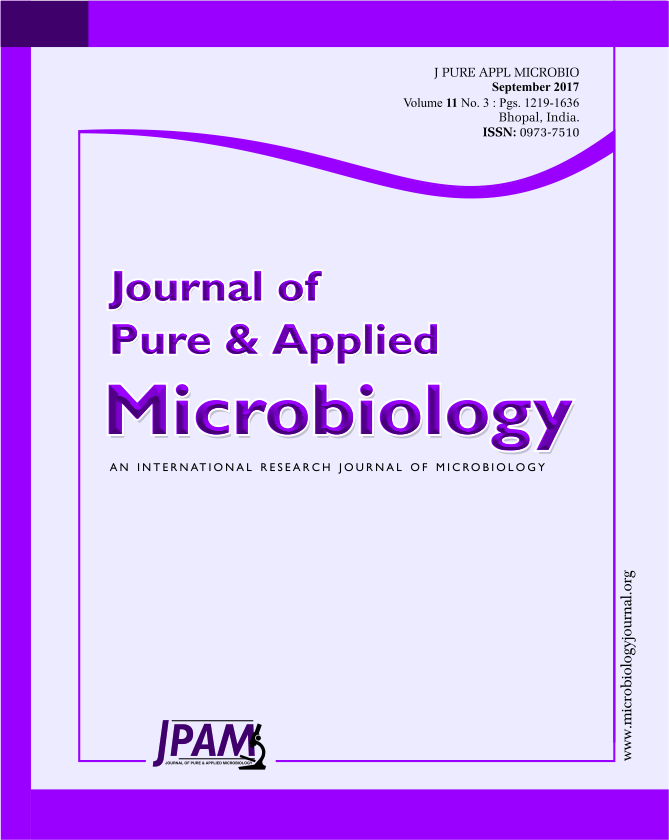To determine the causative pathogens of the patients diagnosed with Ventilator Associated Pneumonia (VAP) and to find out their antibiotic sensitivity by standard Kirby-Bauer disc diffusion method. A prospective cohort study was conducted over a period of one year six months in the ICU of our hospital. All the patients on mechanical ventilation were eligible, among them only clinically suspected VAP cases were enrolled excluding those patients with preexisting pulmonary infection at the time of admission or patients with multiple trauma or evidence of sepsis at the time of admission. Endotracheal aspirate was collected as sample in our study. Quantitative culture threshold of ≥105CFU/ml was considered to diagnose VAP in our study. Out of the total 60 patients enrolled,≥105CFU/ml was obtained from 28 patients who were categorized under VAP group. Growth of <105CFU/ml was obtained from 30 patients and 2 patients showed no growth, both of them being categorized under NO-VAP group. The most common bacteria isolated were Acinetobacter species (12), Klebsiella species (9), Pseudomonas species (5) followed less commonly by Staphylococcus aureus(1), Escherichia coli(1) and Coagulase negative Staphylococcus aureus (1). In our study most of the commonly isolated bacteria were sensitive to imipenem, cefopera zone – sulbactem followed by others.
Ventilator associated pneumonia, quantitative culture.
© The Author(s) 2017. Open Access. This article is distributed under the terms of the Creative Commons Attribution 4.0 International License which permits unrestricted use, sharing, distribution, and reproduction in any medium, provided you give appropriate credit to the original author(s) and the source, provide a link to the Creative Commons license, and indicate if changes were made.


